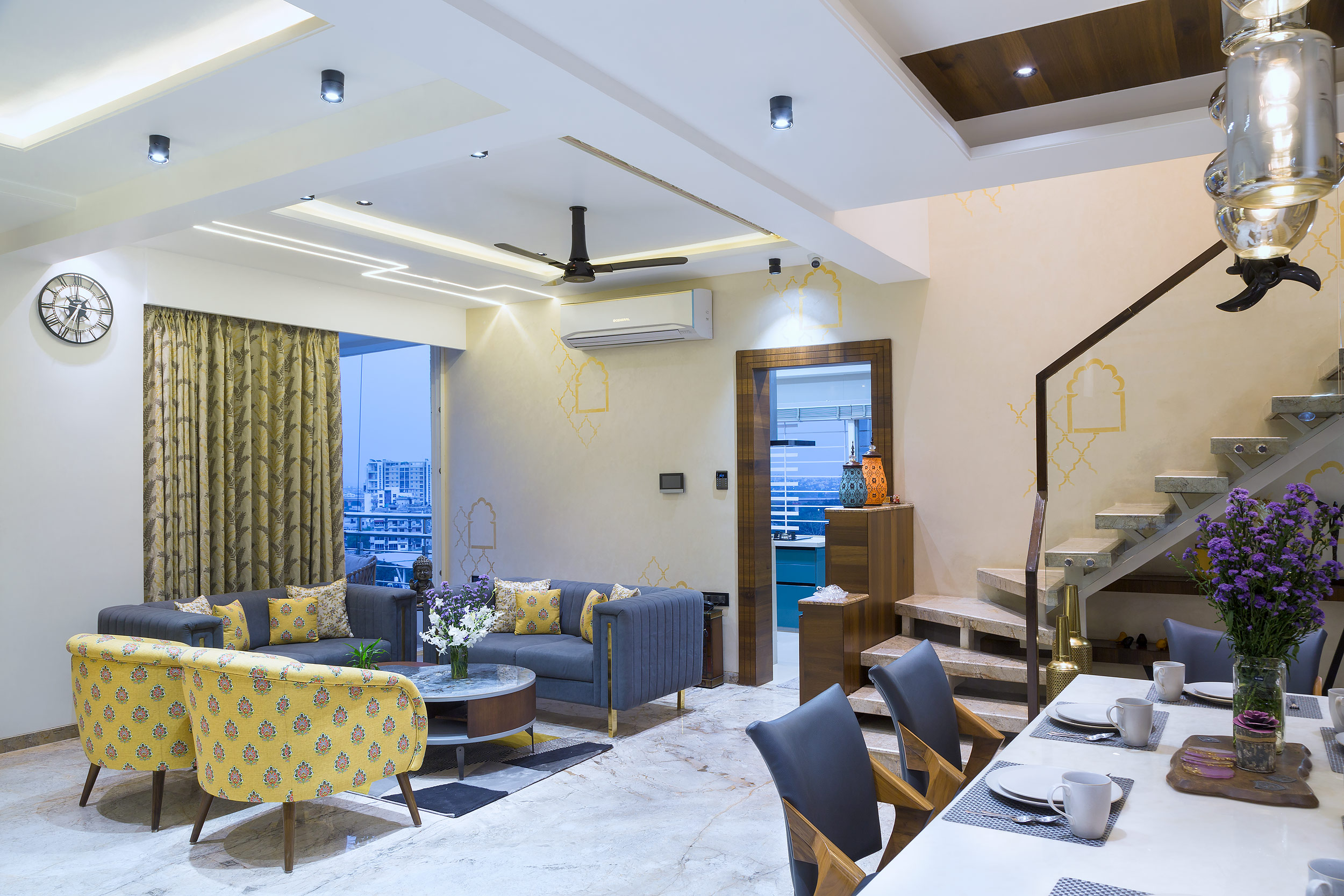
Interior designers offer a range of services to...

Interior designers offer a range of services to help clients create functional, aesthetically pleasing, and well-designed living and working spaces. Here is a list of common interior design services: Space Planning: Interior designers assess the layout of a space to optimize its functionality, traffic flow, and overall design. This may involve rearranging furniture, selecting the right layout, and ensuring efficient use of space. Concept Development: Designers work with clients to develop a design concept or theme for a space. This includes selecting color schemes, styles, and overall design directions. Furniture Selection: Interior designers assist in selecting appropriate furniture that fits the style and purpose of the space. This includes choosing pieces for aesthetics, comfort, and functionality. Material and Finish Selection: Designers help clients choose materials, finishes, and textures for various elements in the space, such as flooring, wall coverings, countertops, and cabinetry. Color Consultation: Interior designers provide advice on color selection, helping clients choose the right color palettes that suit their preferences and the intended atmosphere of the space. Lighting Design: Proper lighting can significantly impact a room's ambiance. Designers can help with lighting placement, fixture selection, and the integration of natural light sources. Custom Millwork and Cabinetry: For a truly unique and tailored space, interior designers can design custom millwork and cabinetry solutions to maximize storage and functionality. Window Treatments: Interior designers help select and install window coverings, such as curtains, blinds, or shutters, to enhance privacy, control light, and improve aesthetics. Accessorizing: Designers can provide guidance on selecting decorative accessories like artwork, rugs, cushions, and decorative objects to complete the overall design. Project Management: Many interior designers offer project management services, overseeing the execution of the design plan, including hiring contractors, managing budgets, and ensuring timelines are met. Renovation and Remodeling: Interior designers often collaborate with architects and contractors to renovate or remodel spaces, overseeing the entire process from planning to completion. Styling and Staging: For real estate purposes, designers can stage properties to make them more attractive to potential buyers. They can also provide styling services for events, photoshoots, or special occasions. Sustainable Design: Many interior designers specialize in sustainable or eco-friendly design, helping clients make environmentally conscious choices in materials, furnishings, and energy-efficient design. Universal Design: Some interior designers specialize in universal design, which focuses on creating spaces that are accessible and functional for people of all abilities. Commercial Design: Interior designers may offer services for commercial spaces, including offices, retail stores, restaurants, and healthcare facilities, to create functional and aesthetically pleasing environments. Consultations: Some interior designers provide consultation services for clients who prefer to implement their design ideas themselves. They offer advice on design concepts, color schemes, and layout recommendations. The specific services provided by an interior designer can vary based on their expertise and the client's needs. Clients often choose services based on the scope of the project, budget, and personal preferences. It's essential to have clear communication and a well-defined contract or agreement outlining the scope of work and fees before starting a project.
Keywords
Subscribe for latest offers & updates
We hate spam too.


